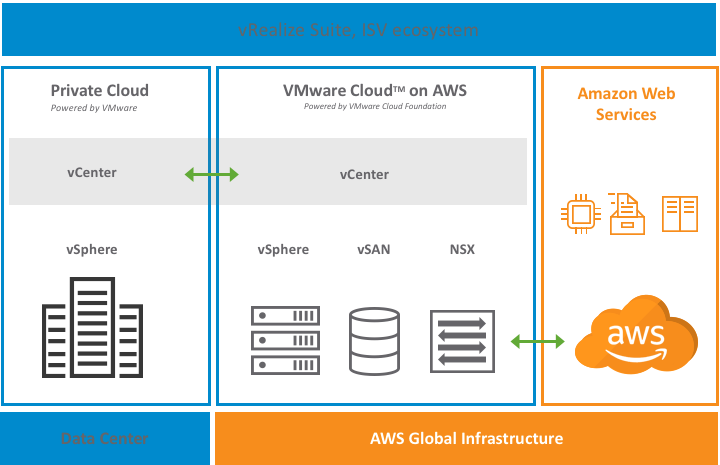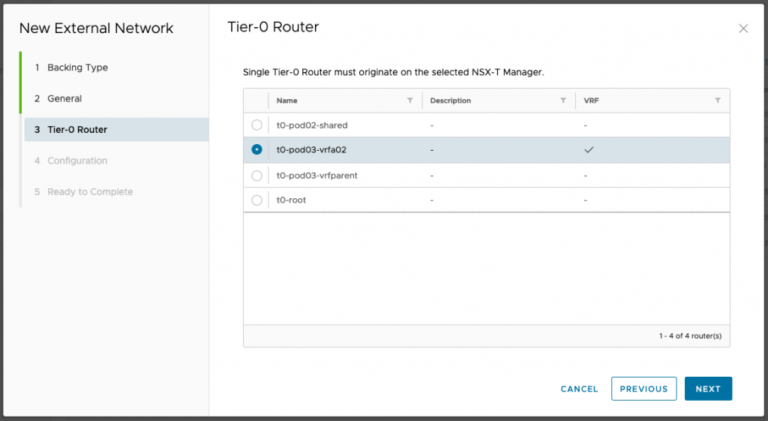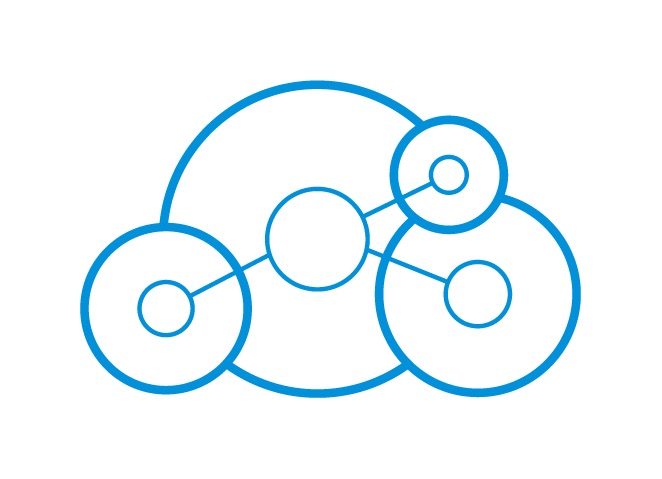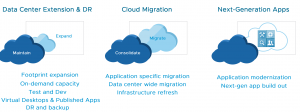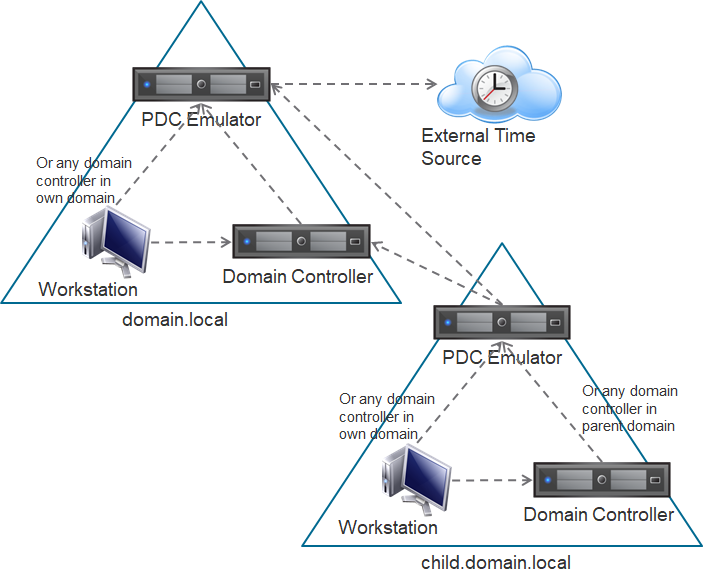vSphere 6.7 introduces new storage and networking features which have a major impact on the performance of Enterprise Applications – these include support for Persistent Memory (PMEM) and enhanced support for Remote Directory Memory Access (RDMA).
Persistent Memory (PMEM)
With vSphere Persistent Memory (PMEM) , customers using supported hardware servers, can get the benefits of ultra-high-speed storage at a price point closer to DRAM-like speeds at flash-like prices.
The following diagram shows the convergence of memory and storage.

Technology at the top of the pyramid (comprised of DRAM and the CPU cache and registers) have the shortest latency (best performance) but this comes at a higher cost relative to the items at the bottom of the pyramid. All of these components are accessed directly by the application – also known as load/storage access.
Technology at the bottom of the pyramid – represented by Magnetic media (HDDs and tape) and NAND flash (represented by SSDs and PCIe Workload Accelerators) have longer latency and lower costs relative to the technology at the top of the pyramid. These technology components have block access meaning data is typically communicated in blocks of data and the applications are not accessed directly.
PMEM is a new layer called Non-Volatile Memory (NVM) and sits between NAND flash and DRAM, providing faster performance relative to NAND flash but also providing the non-volatility not typically found in traditional memory offerings. This technology layer provides the performance of memory with the persistence of traditional storage.
Enterprise Applications can be deployed in virtual machines which are exposed to PMEM datastores. PMEM datastores are created from NVM storage attached locally to each server. Performance benefits can then be attained as follows:
- vSphere can allocate piece of the PMEM datastore and present it to the virtual machine as a disk -virtual persistent memory disk which is used as an ultra-fast disk. In this mode no guest-OS or application change is required.
- vSphere can allocate a piece of the PMEM datastore in a server and present it to a virtual machine as a virtual NVDIMM. This type of virtual device exposes a byte addressable persistent memory to the virtual machine.
- Virtual NVDIMM is compatible with latest Guest Operating Systems which support persistent memory. Applications do not change and experience faster file access as the modified OS filesystem bypasses the buffer cache.
- Applications can be modified to take advantage of PMEM and experience the highest increase in performance via direct and uninterrupted access to hardware.
Applications deployed on PMEM backed datastores can benefit from live migration (VMware vMotion) and VMware DRS – this is not possible with PMEM in physical deployments.
Remote Directory Memory Access (RDMA)
vSphere 6.7 introduces new protocol support for Remote Direct memory Access (RDMA) over Converged Ethernet, or RoCE (pronounced “rocky”) v2, a new software Fiber Channel over Ethernet (FCoE) adapter, and iSCSI Extension for RDMA (iSER). These features enable customers to integrate with even more high-performance storage systems providing more flexibility to use the hardware that best compliments their workloads.
RDMA support is enhanced with vSphere 6.7 to bring even more performance to enterprise workloads by leveraging kernel and OS bypass reducing latency and dependencies. This is illustrated in the diagram below.
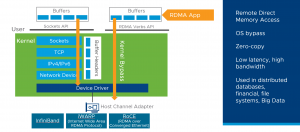
When virtual machines are configured with RDMA in a pass thru mode, the workload is basically tied to a physical host with no DRS capability i.e. no ability to vMotion. However customers who want to harness the power vMotion and DRS and still experience the benefits of RDMA , albeit at a very small performance penalty can do so – with para virtualized RDMA software (PVRDMA). With PVRDMA, applications can run even in the absence of an Host Channel Adapter (HCA) card. RDMA-based applications can be run in ESXi guests while ensuring virtual machines can be live migrated.
Use cases for this technology include distributed databases, financial applications, and Big Data.
This blog was also posted here.
More on vSphere 6.7 New features can be found here .
All Oracle on vSphere white papers including Oracle licensing on vSphere/vSAN, Oracle best practices, RAC deployment guides, workload characterization guide can be found at Oracle on VMware Collateral – One Stop Shop
This blog was authored by Sudhir Balasubramanian and Vas Mitra.

